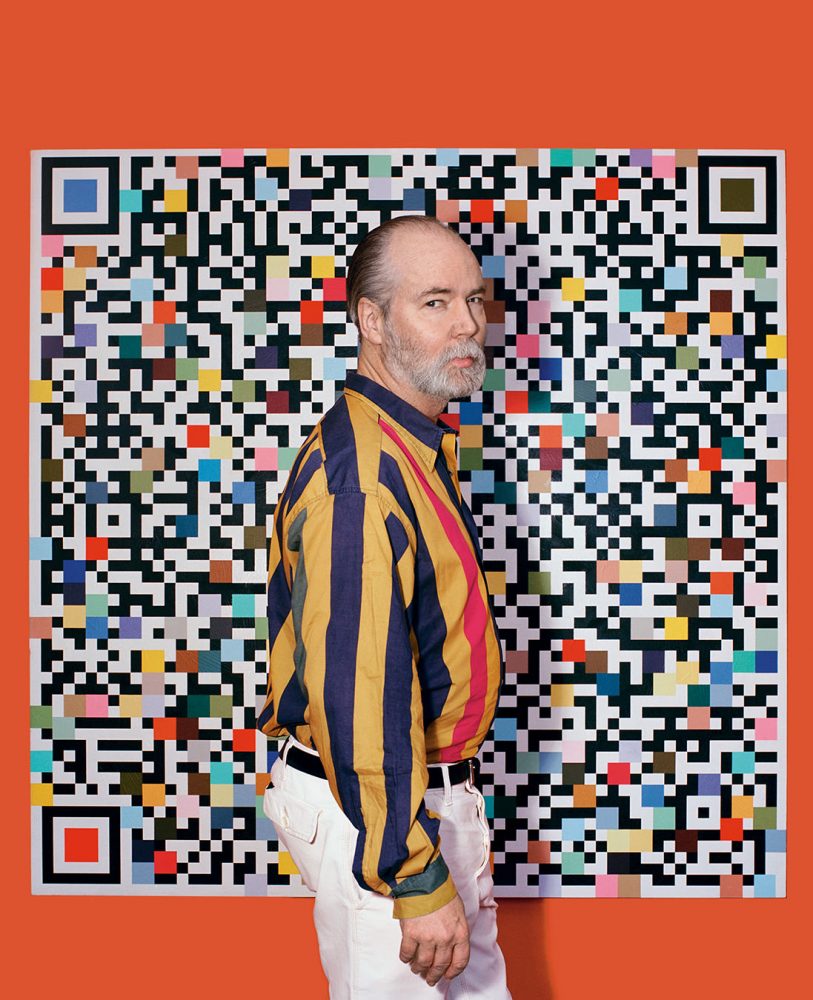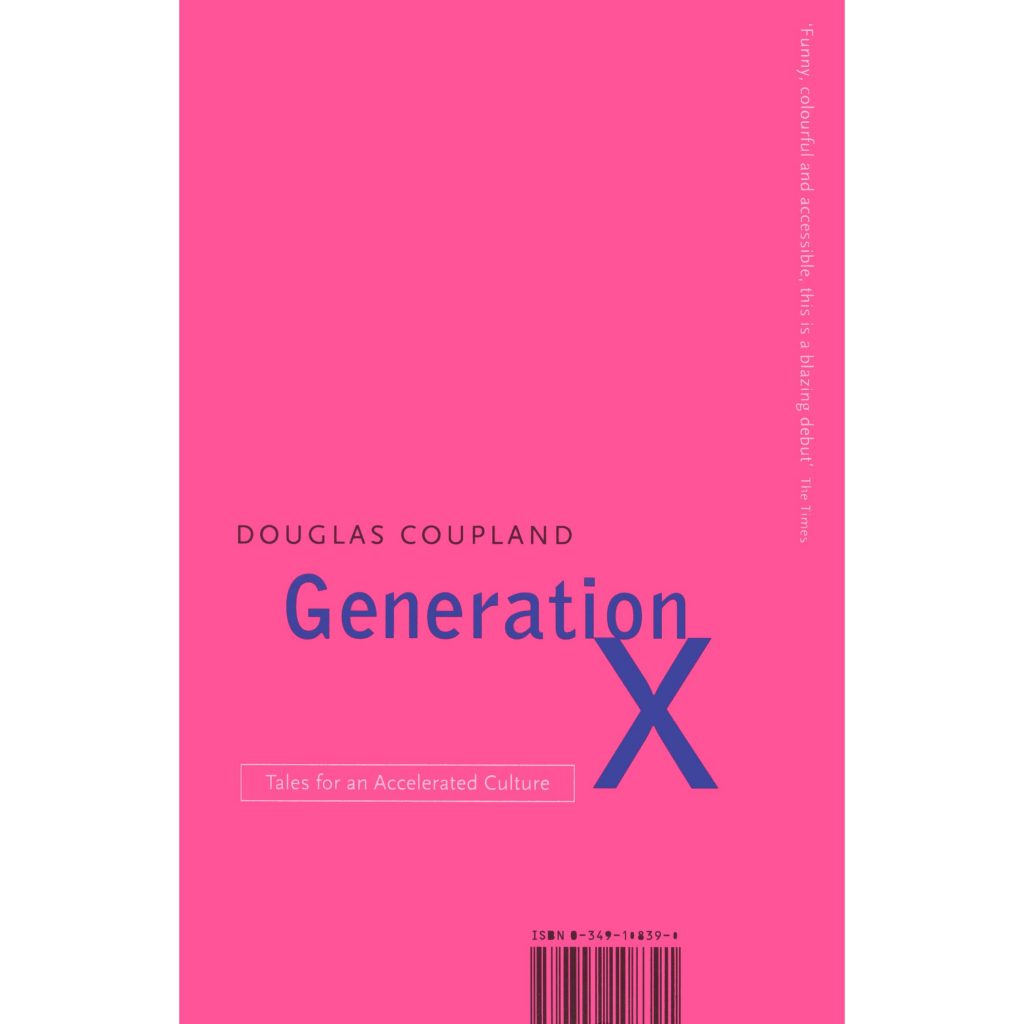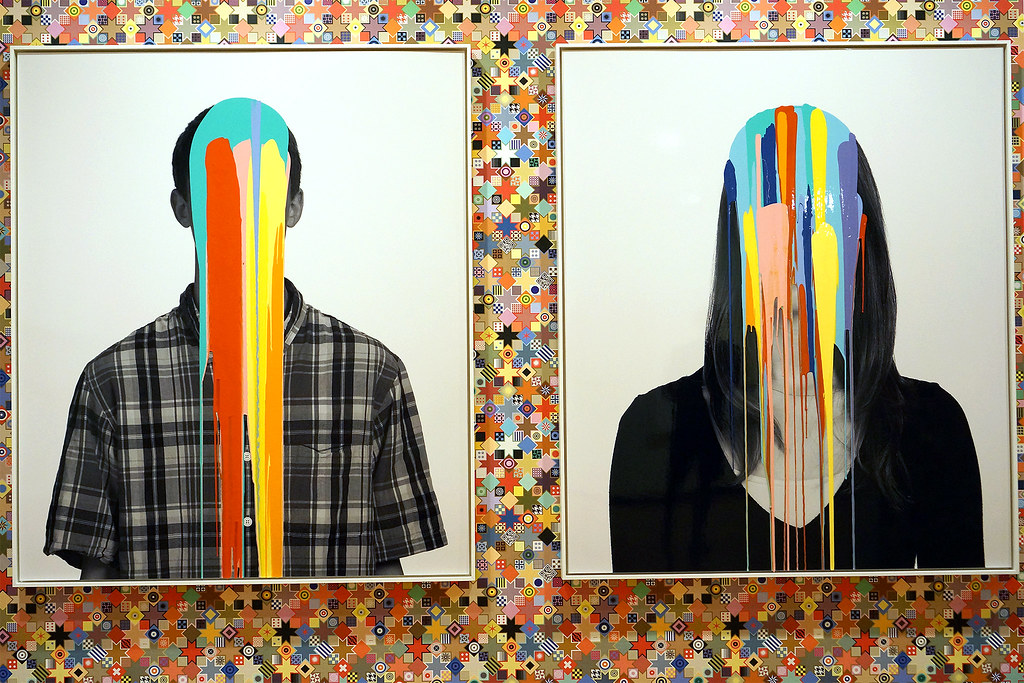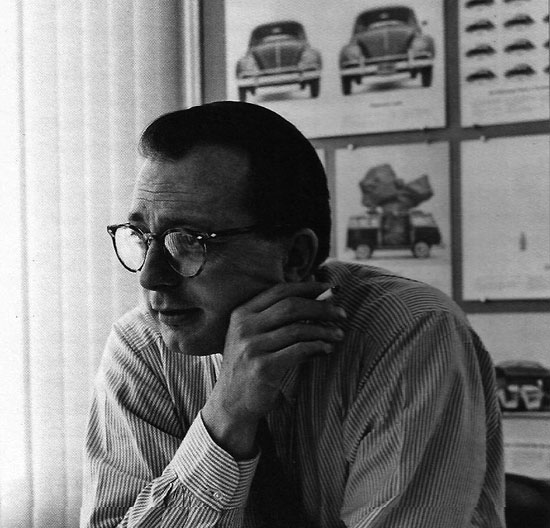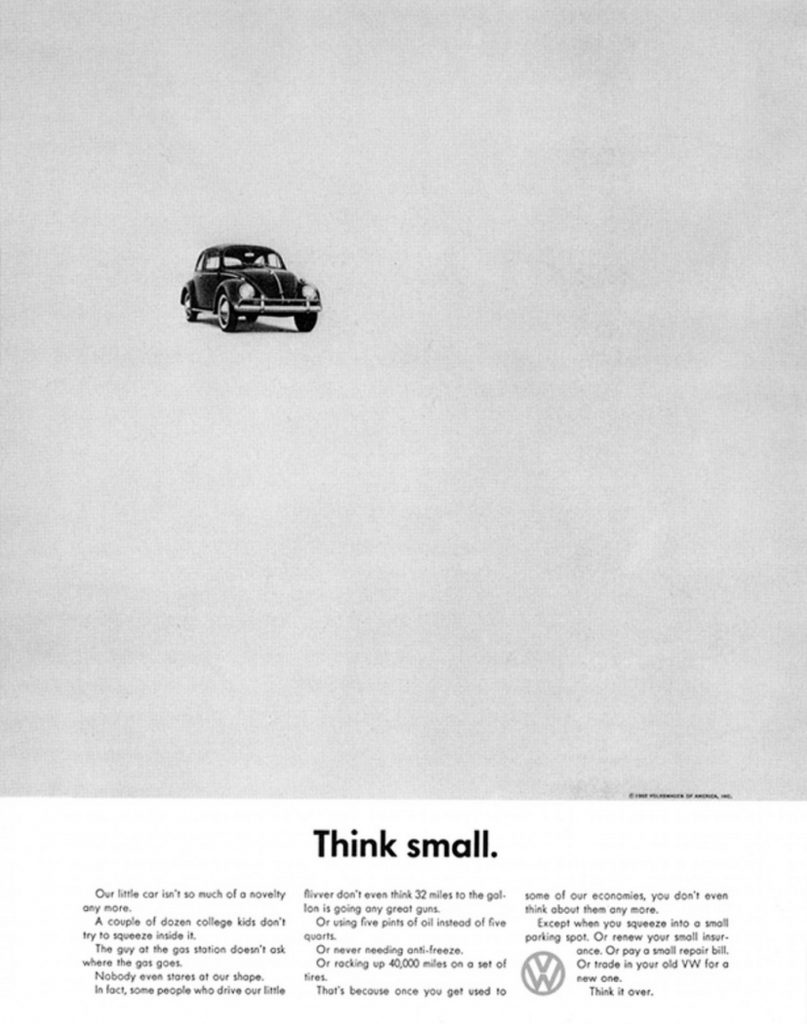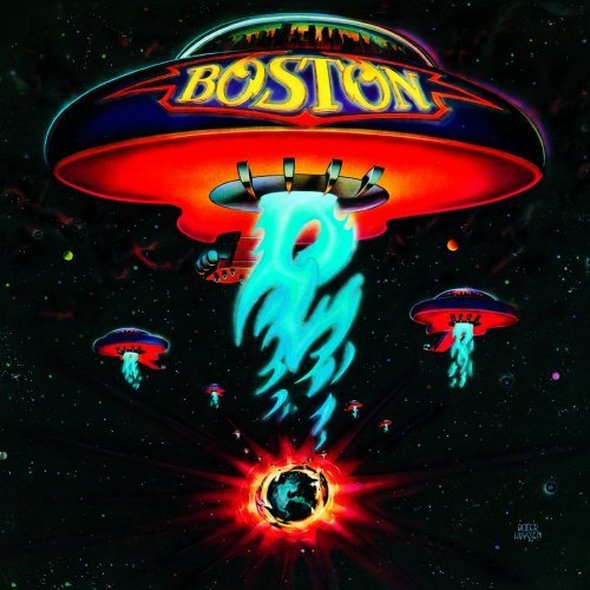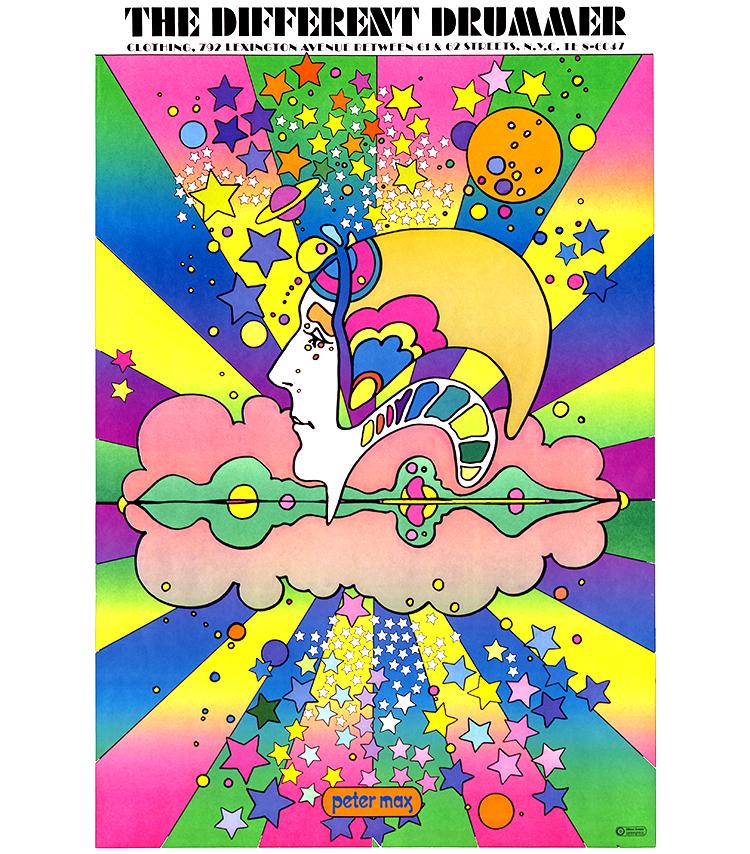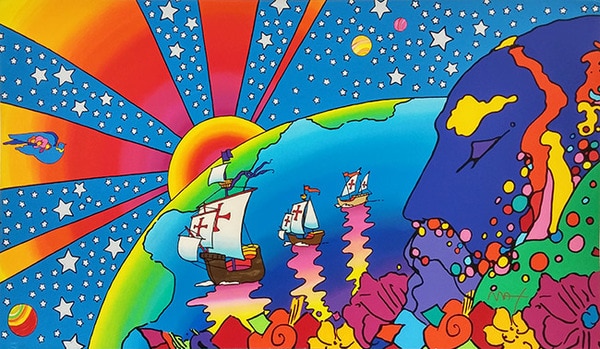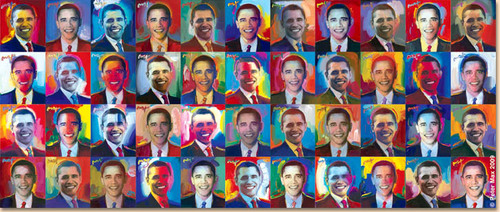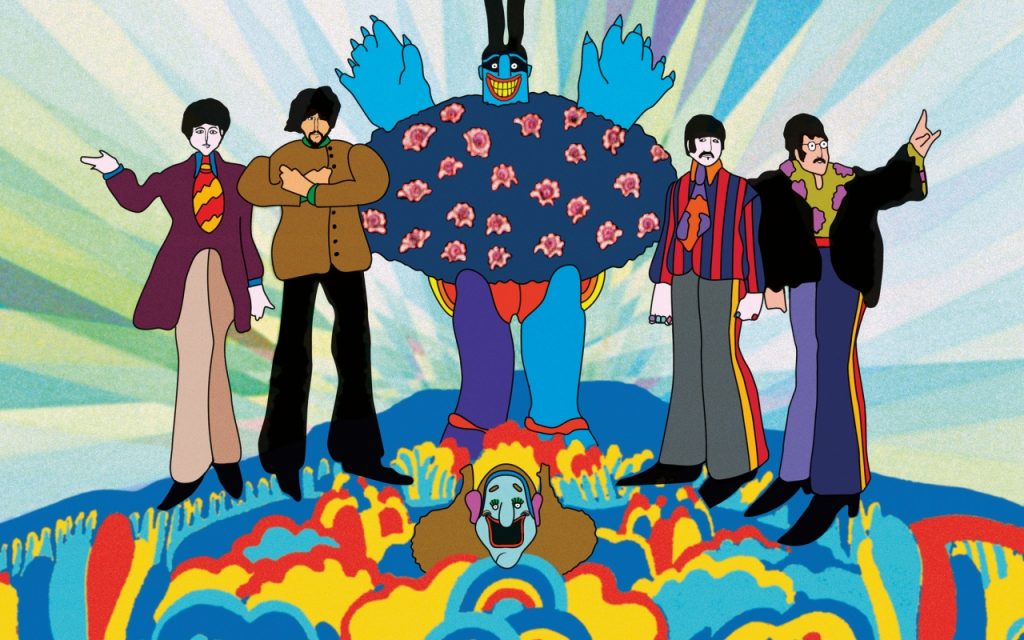The Memphis Group
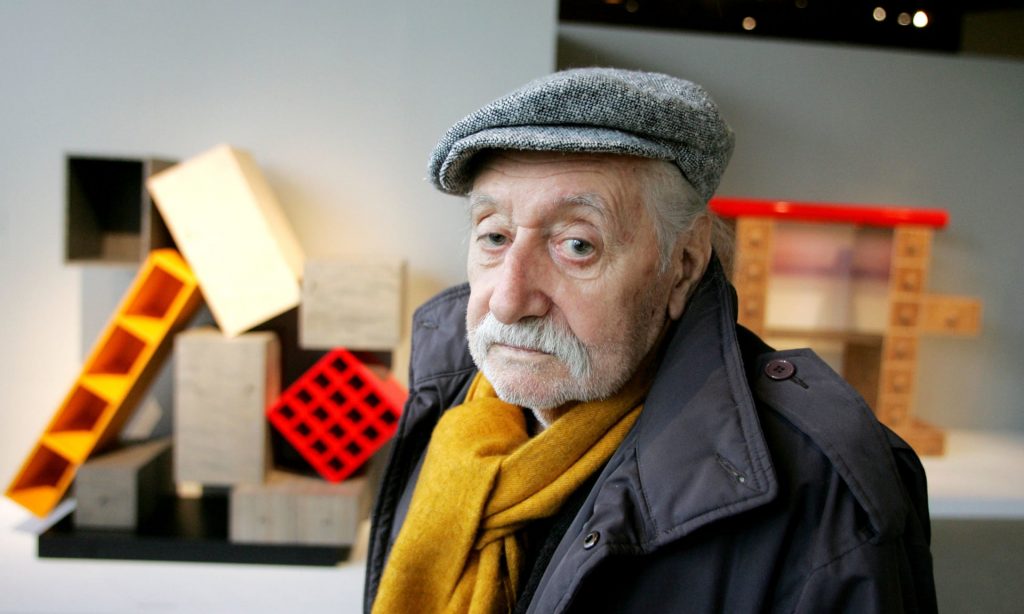
In 1980, Ettore Sottsass, an Italian designer and architect, decided that it was the time to create a new design style. To go against the grain and create something that many might initially perceive as ridiculous. Sottsass, however, did not do this alone. the whole idea of this was to collectively create something new, so he joined forces with other designers and architects to form the Memphis group. A name derived from the song they listened to on repeat during their first meeting: Stuck Inside of Mobile with the Memphis Blues Again, by Bob Dylan. Three months later, they presented each other with hundreds of ideas and settled on the groundbreaking style that became known as the Memphis Movement.

They combined colours that would have previously been unheard of together, mixed patterns and geometric shapes. They used brightly coloured plastic laminate and interesting materials, while creating objects and furniture to be decorative over functional. All these factors contributed to them making a name for themselves.

There was rejection and thoughts that this was merely a fad, but after a long time of being overlooked, this style inspires many including the fashion industry, and is beloved today by most. I personally appreciate the Memphis Movement because the group took a chance and did not follow the status quo. I think their work is vibrant and fun and I am surely inspired by its boldness and risk.
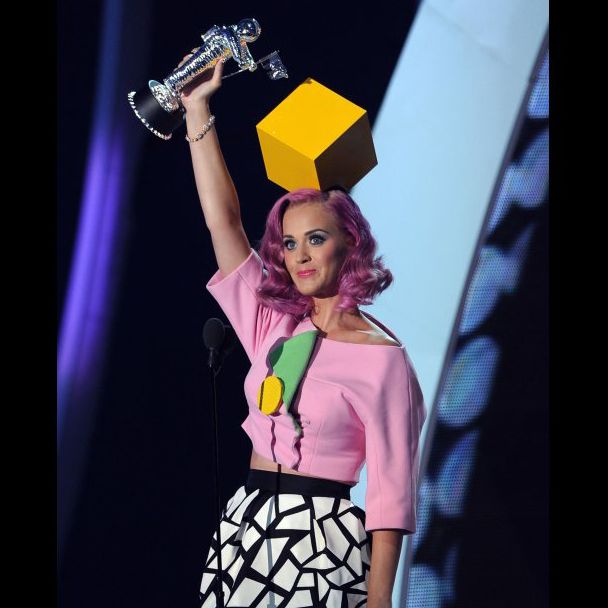
Sources:
https://mymodernmet.com/what-is-memphis-design/
https://designmuseum.org/discover-design/all-stories/memphis-group-awful-or-awesome
